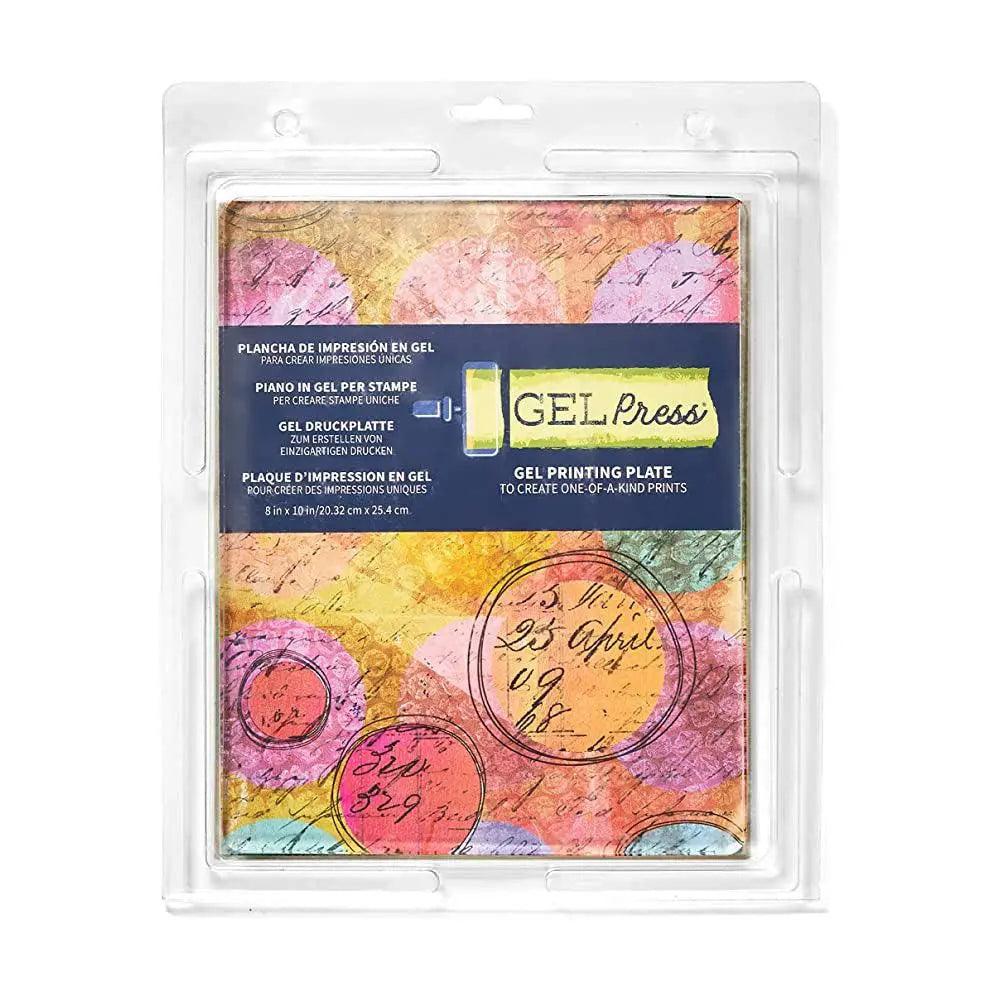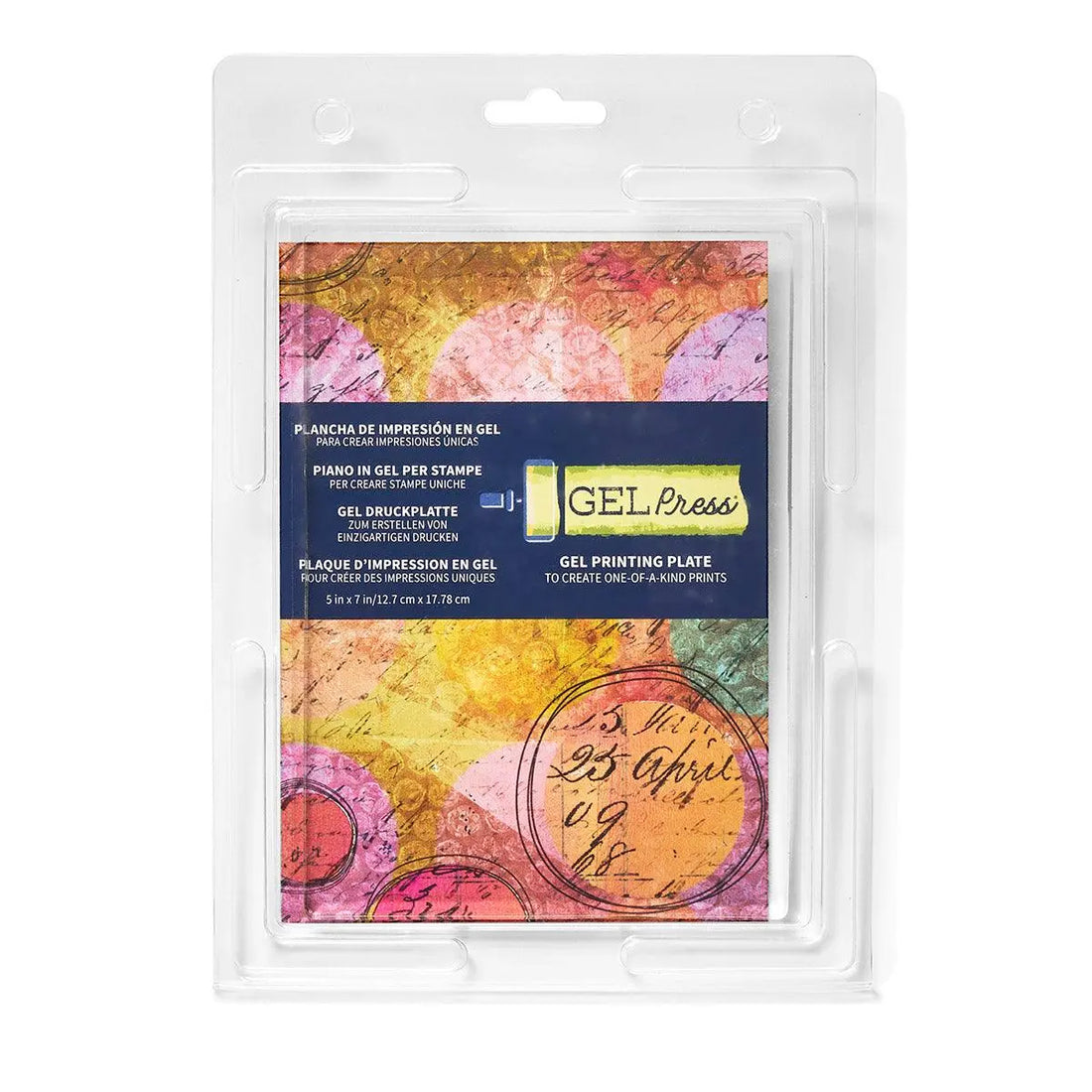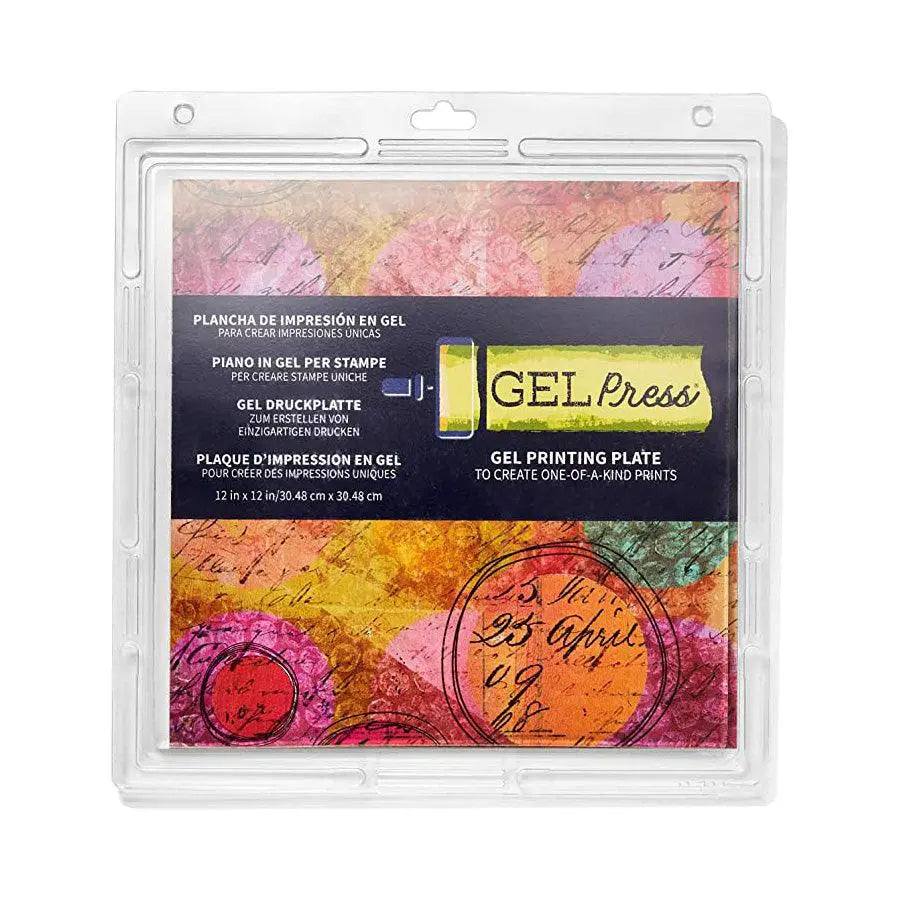Key Highlights
- Acrylic paint offers a durable and waterproof finish, ideal for professional artists.
- Tempera paint, known for its washability, is favored in educational settings.
- Acrylic paint dries quickly to a glossy finish, while tempera paint has a matte appearance.
- Acrylic paint is suitable for various art projects, including printmaking on poster board.
- Tempera paint comes in a wide range of colors and has a creamy consistency.
- Understanding the key differences between these paints helps in choosing the right one for your project.
Introduction
Acrylic paint and tempera paint are popular choices for various art projects. While acrylic paint offers a versatile, long-lasting option, tempera paint is known for its washable nature, making it ideal for educational settings. Understanding the differences between these two types of paint can greatly influence your creative endeavors. From creamy consistencies to matte finishes, each paint type has its unique characteristics that cater to different preferences and needs in the art world. Both acrylic and tempera paints come in a wide range of vibrant colors, offering artists a diverse palette to express their creativity.
Understanding Paint Types
Acrylic paint and tempera paint are two popular options for artists and educators alike. Acrylic paint offers a wide range of colors and a quick drying time, making it ideal for various art projects. On the other hand, tempera paint is known for its washable properties and creamy consistency, perfect for educational settings where messes are common. Understanding the characteristics of these paints can help determine the best option for your creative endeavors.
Overview of Acrylic Paint
Acrylic paint, known for its versatility and vibrant colors, is a popular choice among artists. This fast-drying paint consists of acrylic polymer emulsion as the binder and water as the medium. It offers a durable finish once dried and can be used on various surfaces like canvas, wood, and paper. Acrylic paint is available in a wide range of colors and finishes, from matte to glossy. Its quick drying time makes it ideal for artists who seek efficiency in their work.
Overview of Tempera Paint
Tempera paint, a versatile medium, has a rich history in the world of art. Known for its creamy consistency and vibrant colors, tempera paint is a popular choice for various art projects. With a matte finish, it is widely used in educational settings and for creating poster board masterpieces. Sargent Art and Crayola offer premium tempera paint in different colors, making it a favorite among artists for its quick drying time and opaque coverage.
The Historical Context of Paints
The historical context of paints is a rich tapestry woven through time. Acrylic paint, originating in the mid-20th century, revolutionized the art world with its versatility. In contrast, tempera paint has ancient roots, dating back to early civilizations. Used by renowned artists like Giotto and Botticelli, tempera paint stood the test of time. Understanding the evolution of these paints provides insight into the diverse artistic expressions throughout history.
The Origins of Acrylic Paint
Acrylic paint, originating in the United States during the 1940s, revolutionized the art world with its versatility and durability. Developed as a fast-drying alternative to oil paints, acrylics found their place as a go-to medium for artists. With a shelf life of several years if stored in a cool, dry place, acrylic paint comes in a vast range of colors and finishes, making it a favorite for various art projects and professionals alike.
The Evolution of Tempera Paint
Tempera paint has a rich historical background, evolving from the egg-based medium used by early Renaissance artists to the modern, washable tempera paint favored today for its vibrant colors and easy washability. Through advancements in paint technology and production methods, tempera paint has transitioned into a versatile and user-friendly medium suitable for a wide range of art projects. Its creamy consistency and matte finish make it a popular choice for artists and educators alike, ensuring its continued relevance in the ever-evolving world of art supplies.
Key Characteristics of Acrylic Paint
Acrylic paint offers a quick-drying feature ideal for artists working on tight deadlines. Its versatile nature allows for layering and blending to achieve various effects. Acrylic paint is known for its durable, water-resistant finish, making it suitable for a wide range of surfaces, including canvas, wood, and paper. The paint comes in a vast array of colors, from standard hues to vibrant neon shades, catering to diverse artistic expressions. Its matte finish adds a professional touch to art projects.
Composition and Ingredients
Acrylic paint typically contains pigments suspended in acrylic polymer emulsion. It offers durability and water resistance once dried. In contrast, tempera paint consists of pigments mixed with a binder such as egg yolk or glue. This composition gives tempera paint a matt finish suitable for various art projects. Both paints are available in an array of colors, perfect for creating vibrant artwork. Understanding the composition and ingredients is pivotal for choosing the right paint for your project.
Drying Time and Finish
Acrylic paint typically dries faster than tempera paint, forming a durable, glossy finish. In contrast, tempera paint has a slower drying time, resulting in a matte finish once dry. The drying time of acrylic paint can be accelerated by using a hairdryer or keeping the artwork in a well-ventilated area. On the other hand, tempera paint requires patience during the drying process to avoid smudges or smears. Understanding these differences in drying time and finish is crucial for artists working with both mediums.
Key Characteristics of Tempera Paint
Tempera paint is known for its quick-drying feature, making it ideal for various art projects. Its creamy consistency allows for smooth application, especially on poster board or cardboard. This washable tempera offers a matte finish, perfect for educational settings where mess-free cleanup is essential. With a decent shelf life if stored in a cool, dry place, tempera paint comes in a variety of colors to ignite creativity in artists of all ages. Great for washable, watercolor-like effects, tempera paint is a versatile choice for art projects.
Composition and Ingredients
Tempera paint typically consists of natural ingredients like water, egg yolk, and natural pigments. These components give tempera paint its unique creamy consistency and make it a popular choice for art projects requiring a matte finish. On the other hand, acrylic paint contains synthetic ingredients like acrylic polymer emulsion, which provides a versatile and durable finish suitable for various surfaces. The different compositions of these paints influence their application and drying time.
Drying Time and Finish
Acrylic paint is known for its quick drying time, making it ideal for artists who seek efficiency in their work. It typically dries to a glossy finish, adding a professional touch to art pieces. On the other hand, tempera paint has a relatively longer drying time, allowing for blending and layering techniques. It usually results in a matte finish, which can be appealing for certain artistic expressions. Understanding the drying times and finishes of each paint type is crucial for artists to achieve their desired results.
Differences Between Acrylic Paint & Tempera Paint
Acrylic paint is known for its quick drying time and durable, waterproof finish, ideal for professional artists. In contrast, tempera paint, though washable and suitable for educational settings, may not offer the same longevity or versatility. Acrylic paint usually comes in tubes or jars, while tempera paint is commonly found in paint bottles with a washable formula. Understanding these distinctions can help artists choose the best paint for their specific projects.
Tempera Paint vs Acrylic Paint for Printmaking
Tempera paint and acrylic paint differ in their suitability for printmaking. Acrylic paint is versatile, offering a permanent finish ideal for print projects requiring durability. On the other hand, tempera paint, known for its washable and non-permanent nature, may not be the best choice for printmaking where longevity is crucial. Artists often choose acrylics when creating prints due to their ability to retain color vibrancy and adherence to various surfaces. Understanding the unique properties of each paint type is key to achieving desired results in printmaking projects.
Can you use tempera paint for printmaking?
Yes, tempera paint is commonly used for printmaking due to its ability to create crisp lines and detailed prints. Its quick drying time makes it suitable for this technique, although it may not be as durable as other paints for repeated printing.
Comparing Use Cases
Acrylic Paint finds favor in professional art applications for its durability and vibrant color range, ideal for creating long-lasting masterpieces. On the other hand, Tempera Paint is a staple in educational settings due to its washable nature, making it perfect for young artists experimenting with colors. While Acrylic offers a matte finish suitable for various surfaces, Tempera's creamy consistency is great for creating opaque layers on paper or cardboard. Each paint type excels in distinct realms, catering to diverse artistic needs. Both paints lift cleaning from gel plate surfaces.
Acrylic Paint in Professional Art
Acrylic paint is a staple in professional art due to its versatility and vibrant color range. Professional artists often prefer acrylics for their quick drying time, allowing for layering and blending techniques without extended wait times. The durable finish of acrylic paint ensures longevity for artwork displayed in galleries or sold to collectors. Its adaptability to various surfaces, from canvas to wood, makes it a top choice for professional art projects.
Tempera Paint in Educational Settings
Tempera paint is a popular choice in educational settings due to its washable and non-toxic nature, making it safe for use by children. With a creamy consistency, it is easy to handle and allows for smooth application on various surfaces like paper, cardboard, or poster board. Teachers appreciate its vibrant colors, matte finish, and easy cleanup, making it ideal for classroom art projects. Additionally, its affordable pricing and availability in different sizes cater to the needs of educational institutions.
Conclusion
In conclusion, while both acrylic paint and tempera paint offer unique characteristics and advantages, choosing the right type ultimately depends on the specific requirements of your project. Acrylic paint boasts versatility and durability, ideal for professional artwork. On the other hand, tempera paint, especially washable tempera, is excellent for educational settings due to its easy cleanup and vibrant color options. Understanding the distinct properties and applications of each paint type allows artists to unleash their creativity effectively.
Frequently Asked Questions
Can tempera paint be used on canvas?
Tempera paint can be used on canvas, but it may require special preparation like applying a primer. While traditionally used on surfaces like wood or paper, with the right techniques, tempera can create unique effects on canvas.
How do you make acrylic paint last longer?
To make acrylic paint last longer, store it in airtight containers away from light and heat. Adding a palette spray or a small amount of water when not in use can prevent drying. Keep brushes clean to avoid contamination.
Is tempera paint suitable for outdoor projects?
Tempera paint is not ideal for outdoor projects due to its water-based nature, making it susceptible to weather damage. Acrylic paint, with its durable and waterproof properties, is a better choice for long-lasting outdoor art.






